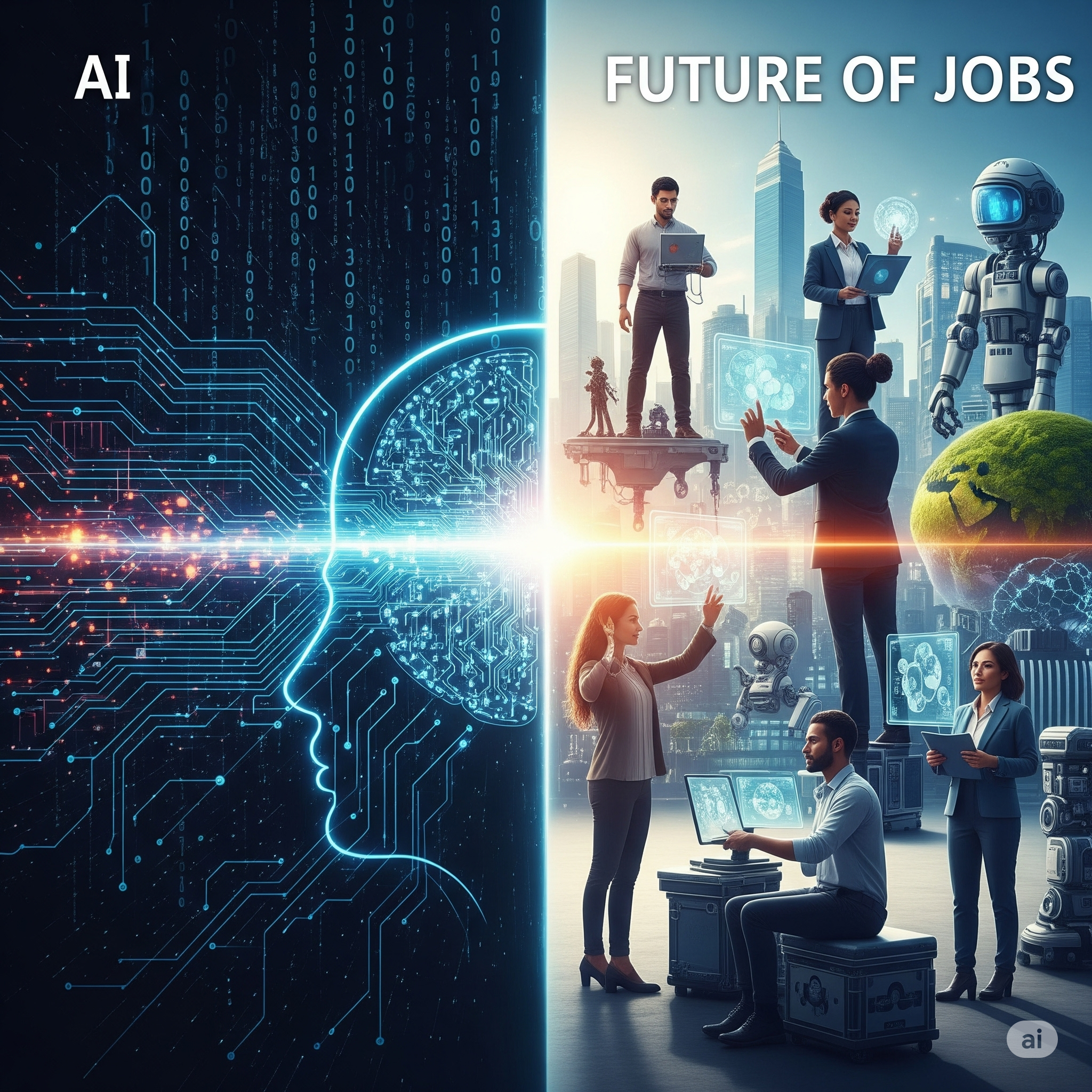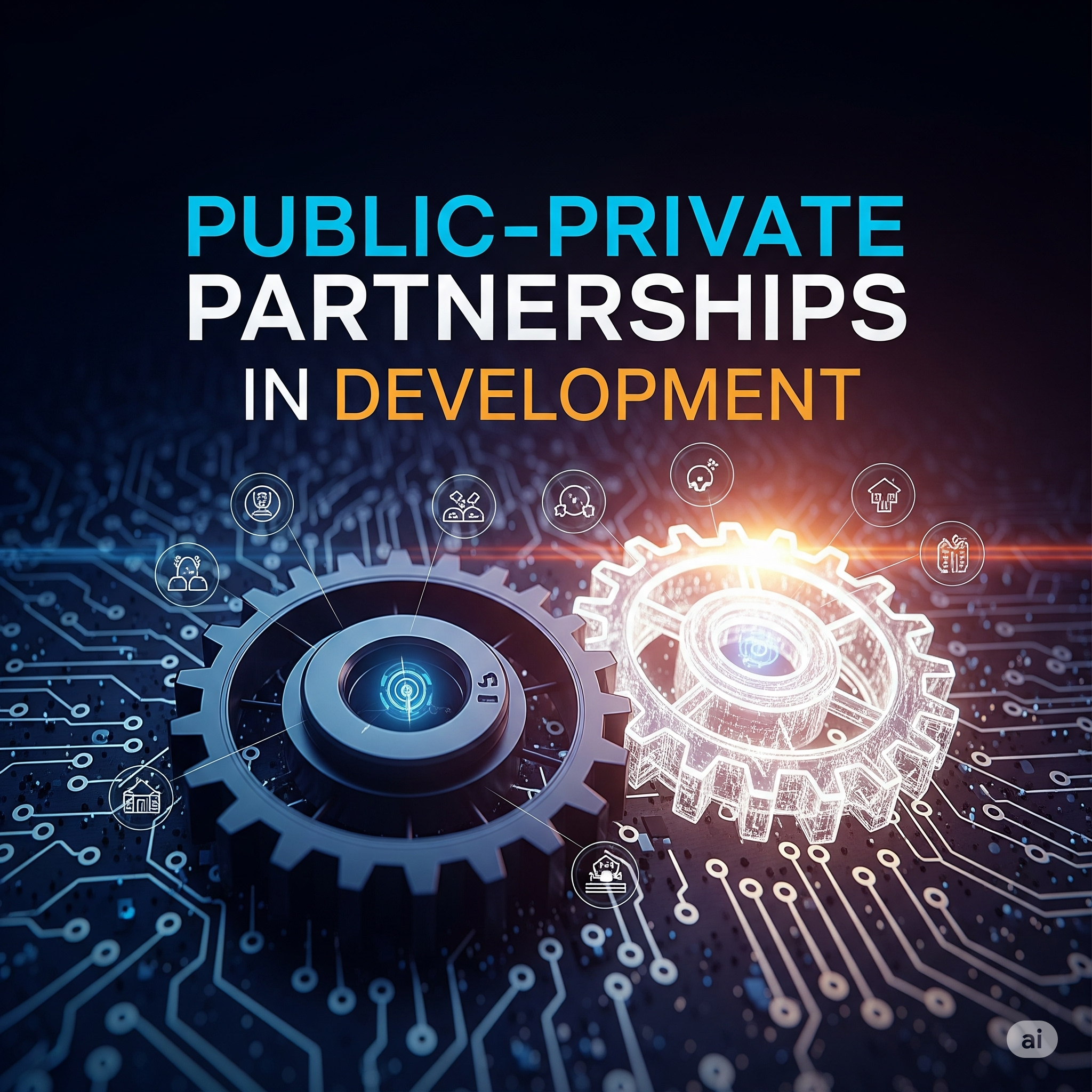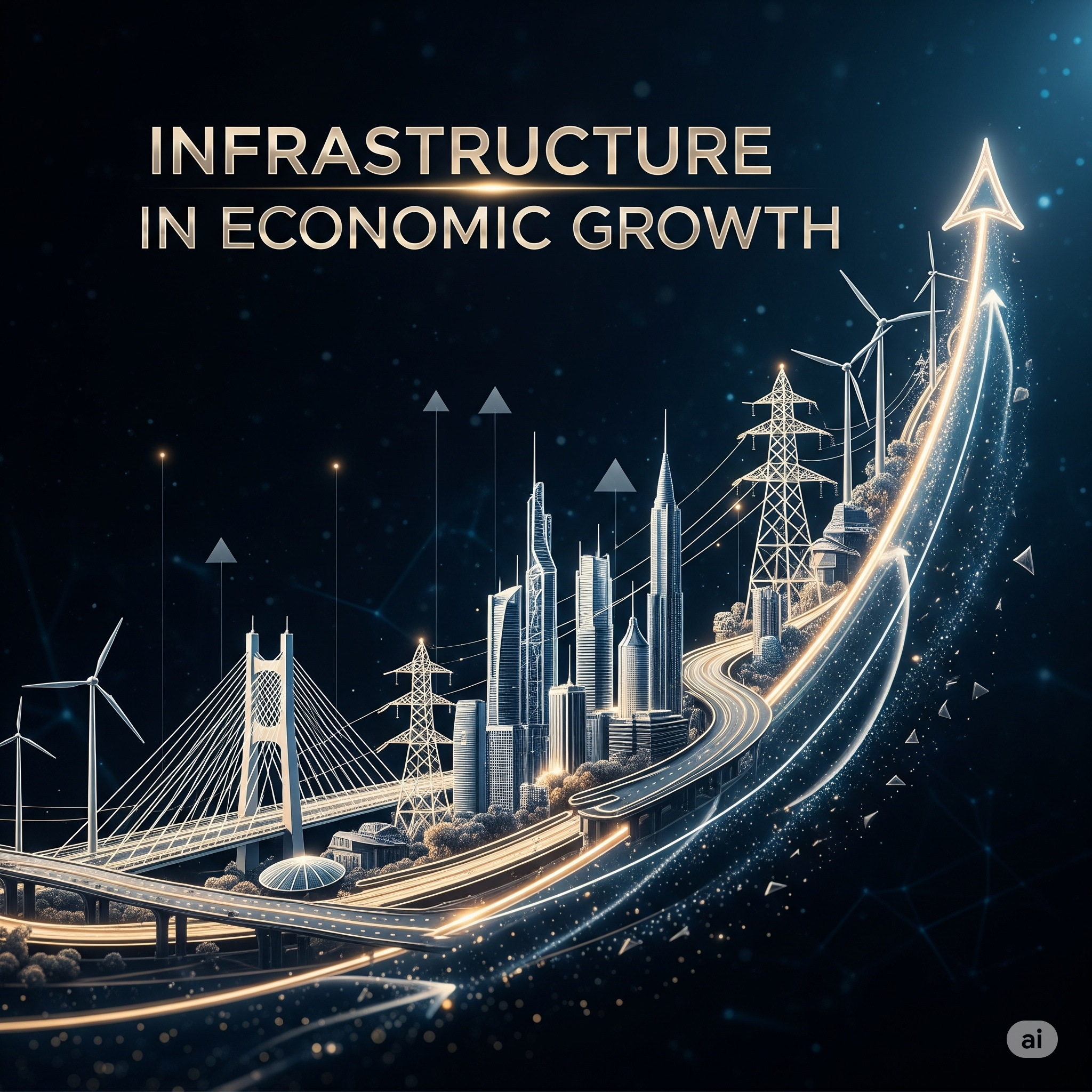Introduction
Education and skill development are fundamental drivers of economic growth, social progress, and global competitiveness. A well-educated and skilled workforce enhances productivity, fosters innovation, and supports sustainable development. Countries that invest in education and skill development create a foundation for industrial growth, technological advancement, and social equity.
Economic growth is increasingly knowledge-driven. While traditional factors such as capital accumulation and natural resources remain important, human capital—comprising education, skills, and competencies—is now central to national development strategies. This article explores the interplay between education, skill development, and economic growth, highlighting global experiences, policy frameworks, challenges, and opportunities.
Understanding the Link Between Education and Economic Growth
Human Capital Theory
Human capital refers to the stock of skills, knowledge, and experience possessed by individuals that can generate economic value. According to human capital theory, investments in education and training increase individual productivity, which in turn drives economic growth.
Mechanisms Linking Education to Growth
- Increased Labor Productivity – Educated workers perform tasks more efficiently, adapt to new technologies, and contribute to higher output.
- Innovation and Technological Advancement – Education promotes research, creativity, and technological development, leading to economic diversification.
- Entrepreneurship – Knowledgeable and skilled individuals are more likely to establish businesses, creating jobs and stimulating economic activity.
- Social Benefits – Education improves health, civic participation, and social cohesion, indirectly supporting economic stability.
The Role of Skill Development
Skill development complements formal education by providing specific abilities required in the labor market. It encompasses vocational training, technical education, on-the-job training, and lifelong learning programs.
Importance of Skill Development
- Bridging Skill Gaps – Reduces the mismatch between labor market demand and workforce capabilities.
- Enhancing Employability – Improves chances of employment and income generation, reducing poverty.
- Supporting Industrial Growth – Skilled labor is essential for sectors like manufacturing, IT, healthcare, and services.
- Encouraging Innovation – Specialized skills enable research, design, and technological advancement.
- Adaptability to Technological Change – Continuous skill upgrading allows workers to cope with automation, AI, and digital transformation.
Education, Skills, and Economic Development: Global Evidence
1. Developed Economies
- Countries like the United States, Germany, and Japan demonstrate high returns on investment in education and skill development.
- Germany’s dual vocational training system integrates classroom learning with apprenticeships, ensuring industry-relevant skills and low youth unemployment.
- The U.S. emphasizes higher education and research, fostering innovation and technological leadership.
2. Emerging Economies
- China and South Korea invested heavily in literacy, technical education, and STEM programs, resulting in rapid industrialization and high economic growth rates.
- Skill development programs tailored to industry needs have enabled these countries to become global manufacturing and technology hubs.
3. Developing Countries
- Many developing nations face challenges such as low literacy rates, inadequate vocational training, and gender disparities.
- Targeted interventions, such as India’s Skill India Mission and African vocational training programs, aim to create employable youth, boost productivity, and support economic growth.
Channels Through Which Education Impacts Economic Growth
1. Labor Market Outcomes
- Education increases earning potential and employment opportunities.
- Higher wages improve living standards, reduce inequality, and stimulate consumer demand.
2. Productivity and Efficiency
- Educated workers adopt better work practices and technologies, improving output.
- Skillful labor contributes to operational efficiency and quality improvements across sectors.
3. Innovation and Entrepreneurship
- Education promotes critical thinking, problem-solving, and research skills.
- Skilled individuals are more likely to innovate, start businesses, and develop new products and services.
4. Institutional Development
- Education strengthens governance, transparency, and institutional capacity.
- Literate and informed populations contribute to better policy formulation and economic management.
Challenges in Education and Skill Development
Despite its importance, many countries face obstacles in realizing the full potential of education and skills for economic growth:
1. Quality of Education
- Poor infrastructure, outdated curricula, and inadequate teacher training reduce educational effectiveness.
- Low learning outcomes hinder productivity gains and employability.
2. Access and Equity
- Socioeconomic disparities, gender inequality, and rural-urban divides limit access to quality education.
- Marginalized groups often lack opportunities for skill acquisition, perpetuating poverty and inequality.
3. Relevance to Labor Market
- Mismatch between education/training and labor market demand reduces employability.
- Lack of industry-academia collaboration hinders skill alignment with economic needs.
4. Rapid Technological Change
- Automation, AI, and digitalization require continuous skill upgrading.
- Traditional education systems often struggle to adapt curricula to evolving market demands.
5. Financing and Investment Constraints
- Insufficient funding for education and vocational training limits infrastructure, teacher quality, and program reach.
- Public-private partnerships are often underutilized in skill development initiatives.
Policy Interventions and Strategies
Effective policies are critical for leveraging education and skills to drive economic growth.
1. Enhancing Access and Quality
- Universal primary and secondary education ensures literacy and foundational skills.
- Investment in teacher training, digital tools, and infrastructure improves learning outcomes.
2. Vocational and Technical Training
- Expansion of vocational institutes and polytechnics provides job-ready skills.
- Apprenticeships and on-the-job training link education with industry requirements.
3. Lifelong Learning and Reskilling
- Continuous learning programs help workers adapt to technological and industrial shifts.
- Digital platforms and online courses expand reach and flexibility.
4. Public-Private Partnerships (PPPs)
- Collaboration with industry ensures curriculum relevance, internships, and employment opportunities.
- Example: India’s Skill India Mission partners with private firms to provide sector-specific training.
5. Gender and Social Inclusion
- Programs targeting women, marginalized communities, and rural populations increase workforce participation.
- Scholarships, mentoring, and awareness campaigns address social barriers.
6. Research and Innovation Promotion
- Higher education institutions focus on research, innovation, and entrepreneurship.
- Incentives for startups, incubators, and technology parks stimulate economic diversification.
Case Study: India’s Skill Development Initiatives
India, with a population exceeding 1.4 billion, faces both opportunities and challenges in harnessing human capital.
- Skill India Mission – Aims to train over 400 million people in various sectors by 2025.
- Pradhan Mantri Kaushal Vikas Yojana (PMKVY) – Offers skill training and certification aligned with industry needs.
- Digital Learning Platforms – Online courses expand access to remote learners and working professionals.
- Industry Collaboration – Partnerships with corporates ensure sector-relevant skill development.
Impact: These initiatives enhance employability, support industrial growth, and contribute to India’s economic aspirations, including becoming a $5 trillion economy.
Global Lessons and Best Practices
- Germany – Dual vocational education system integrates classroom learning with practical apprenticeships.
- South Korea – STEM-focused education and research investments drive innovation and industrial growth.
- Singapore – Lifelong learning and skills upgrading programs adapt to changing technology and market demands.
- Finland – Quality education with equity and student-centric approaches supports innovation and productivity.
Key Takeaways: Education and skill development must be relevant, inclusive, flexible, and aligned with market needs to maximize economic impact.
Future Directions
- Digital Skills and Technology Integration – AI, robotics, and digital literacy will be critical for future workforce competitiveness.
- Global Collaboration – International exchange programs, online learning, and cross-border skill initiatives expand opportunities.
- Sustainable Development Skills – Training in green technologies, renewable energy, and sustainability practices aligns workforce capabilities with future economic priorities.
- Entrepreneurship and Innovation – Education and skills fostering entrepreneurship drive local job creation and economic diversification.
Conclusion
Education and skill development are pivotal for sustained economic growth. They enhance labor productivity, promote innovation, increase employability, and strengthen institutional capacity. While challenges such as quality, access, and relevance persist, strategic policies, investment, and collaboration between public and private sectors can unlock the full potential of human capital.
Countries that effectively integrate education and skill development into their economic planning position themselves for long-term competitiveness, technological leadership, and inclusive growth. In a rapidly evolving global economy, education and skills are not just tools for employment—they are cornerstones of national prosperity, innovation, and social well-being.
By fostering continuous learning, promoting equity, and aligning skills with economic needs, nations can ensure that education becomes a driving force for economic transformation and sustainable development.




